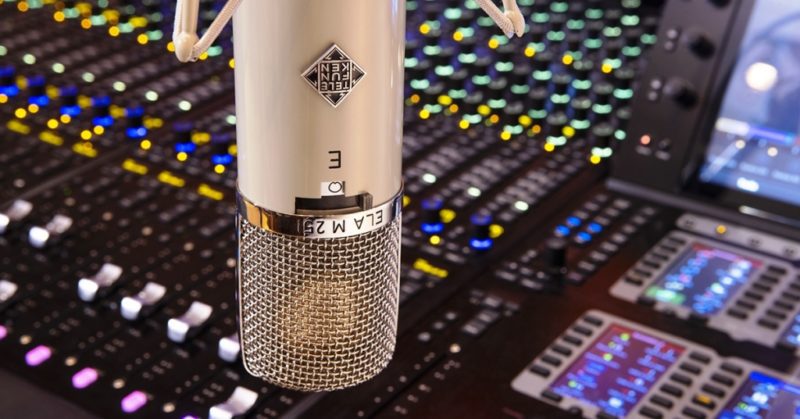The quality of your audio recording depends greatly on the choice of a microphone. It is a vital part of your home studio, so choosing the right one is important.
A common misconception when it comes to microphones is that the price reflects the quality of the unit. Unfortunately, this is not always true. Doing your research can help you find equally powerful but reasonably priced home-studio microphones. You can find models with almost identical features costing many times less. It is vital to understand how each microphone model works and what it is designed for.
Here are five tips to help you choose the right microphone for your home studio.
Know-How you Plan to Use it
When choosing a mic, the first thing to consider is how you intend to use it. Home microphones are often used for video streaming and gaming, studio recording, live performance, outdoor recording, or virtual meetings or presentations.
The type of microphone that you need depends on the environment you’ll use it in. If you intend to use it in various settings, you should pick one that offers optimal flexibility. For example, if you need a microphone for video conferencing, a more affordable mic with less sensitivity might be a good choice.
Set your Budget
Microphone costs can vary widely depending on its features. You can get a basic home microphone set up for just $50, while high-end mics can cost hundreds or even thousands.
Since microphones greatly differ in price, it would help set a budget before looking for one. This will help narrow down your options, thereby allowing you to focus on more important microphone aspects and features. Likewise, it will help make comparisons a lot easier. By trimming down options, you’re able to scrutinize every microphone that suits your budget range.
Understand Microphone Types
There are three common microphones (plus the USB microphone) used in home studios: dynamic, condenser, and ribbon types. Each of these mic types has unique functions, strengths, and weaknesses.
Dynamic Microphones are ideal for home studios because of the range of audio waves they pick up. Compared to condenser and ribbon mics, the active type is more durable. The dynamic mics are not as good as their condenser counterparts in terms of sound quality.
Condenser Microphones use a suspended diaphragm contained in a capsule that reverberates when it picks up sound waves. DPA condenser microphones production offers the highest sensitivity to sound, hence, the best sound quality.
Ribbon Microphones consist of a metal sheet to capture audio waves converted into electrical signals. This is the oldest type of microphone and is commonly seen in vintage sound production. Usually, ribbon microphones are coupled with a high-quality audio interface to amplify sound and improve audio quality. The downside with ribbon mic is that it is fragile and may not capture loud noises.
USB Microphones are commonly used for home studios because of their relatively low price, portability, and ease of use. These microphones work on any computer OS as well as application. Some high-quality USB mics are just as good as condenser (and even dynamic) microphones. They are equipped with an analog-to-digital converter and built-in preamp and don’t need music interfaces. Due to its features, USB mics are very popular among live streamers and video content creators working on a limited budget.
Check the Microphone’s Directionality
The microphone’s polar pattern is important when choosing a home mic. For example, if you are recording voiceovers in a home studio, a mic with a more focused directional pattern is ideal. Typically, microphones with cardioid polar patterns are suitable in home studios. This type minimizes ambient noise and room tone. It also picks up sounds right in front of the microphone. Microphones with the omnidirectional and bi-directional polar pattern are the least effective in home studios as they can capture even ambient noise.
Test the Microphone
Lastly, try to visit the music store so you can test out different microphone types and models. People produce unique voice quality, key, pitch, and tone – and microphones may not work exactly the same with each user. Often, the choice of a microphone depends on your individual preference, like how you want your voice to sound in production or recording. So, before investing a couple of hundred on a high-end microphone, be sure that it works well with your voice.

